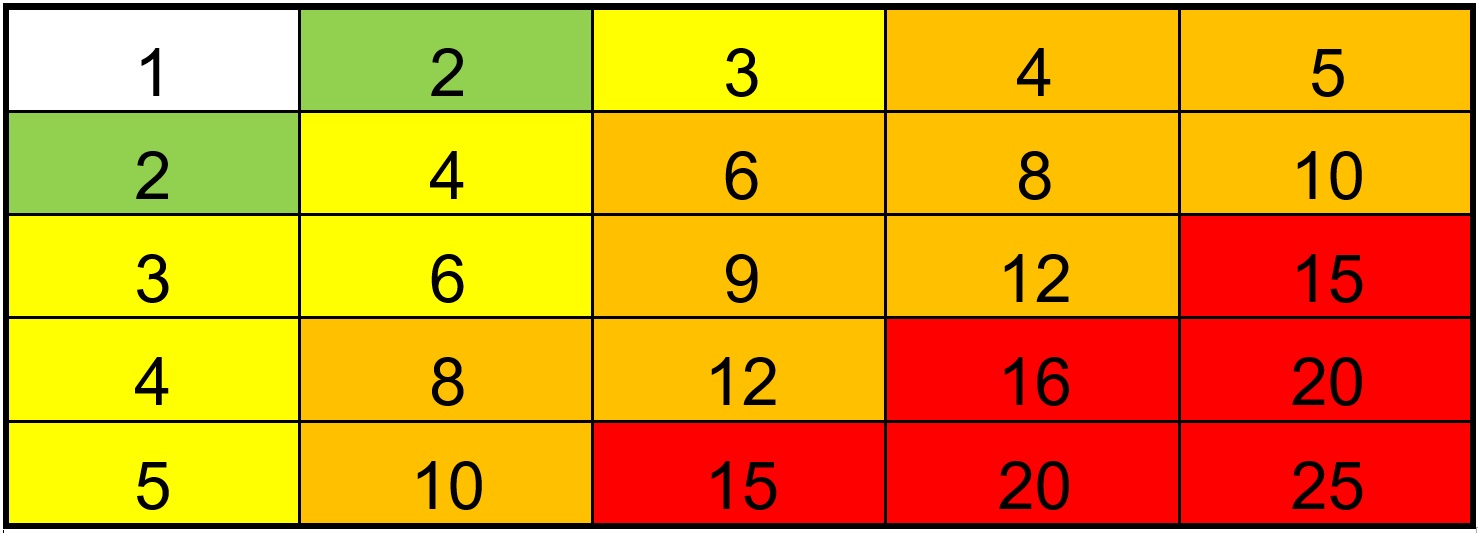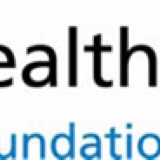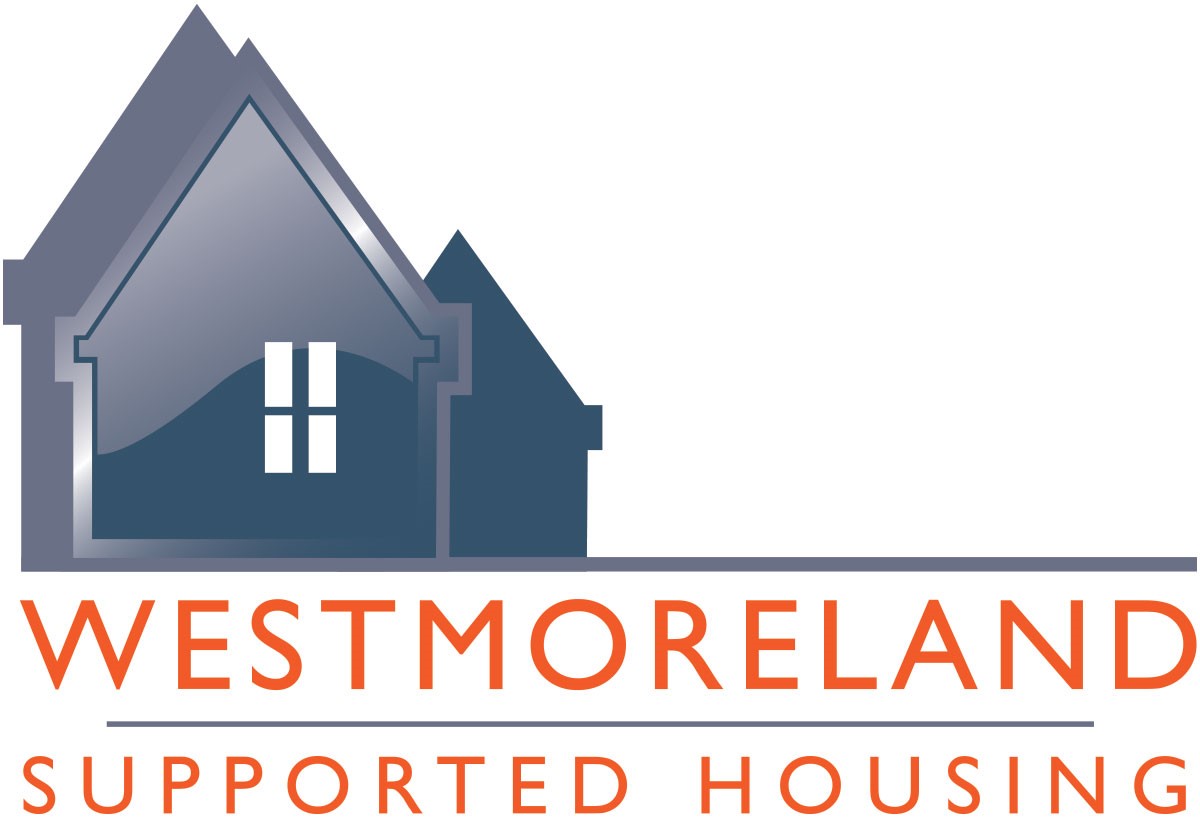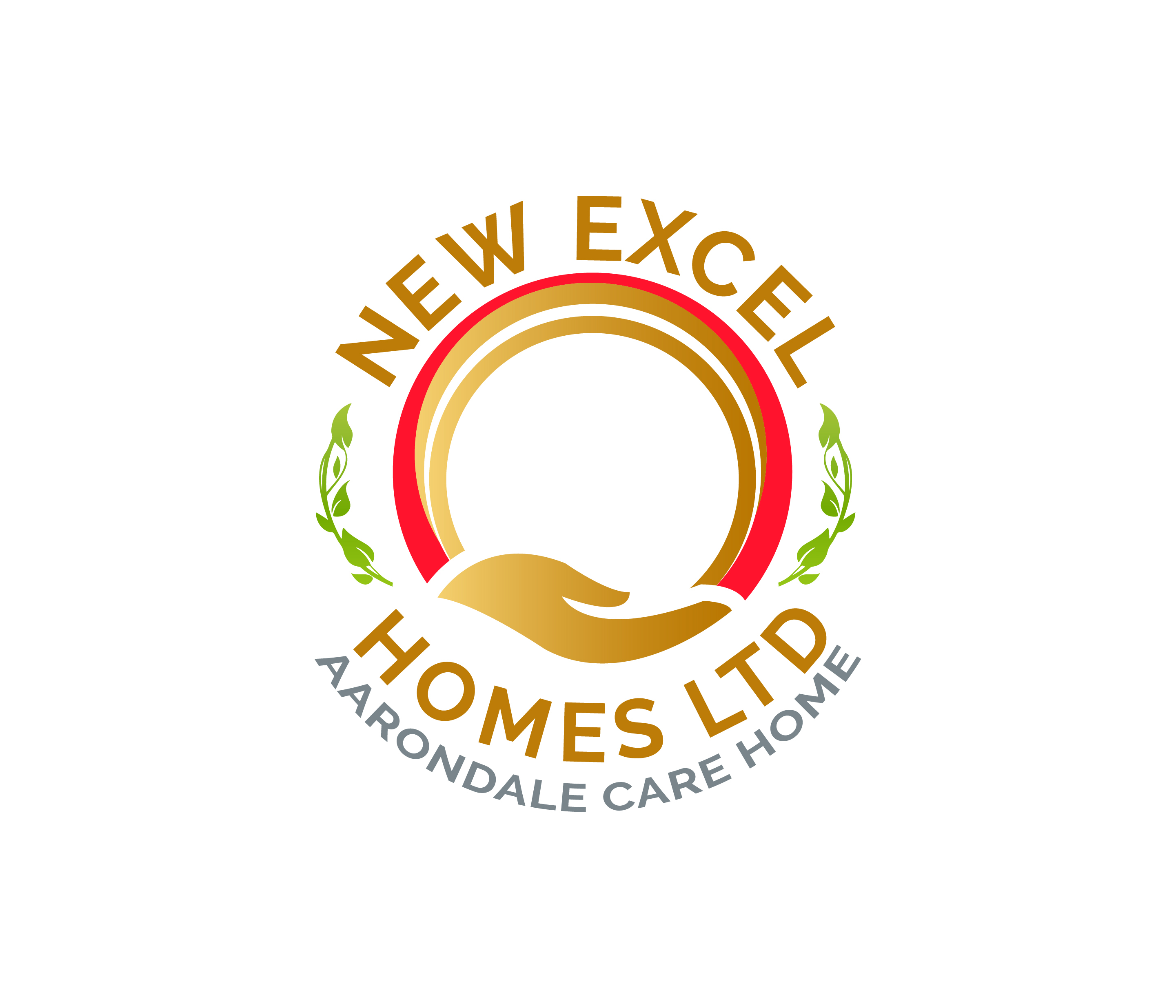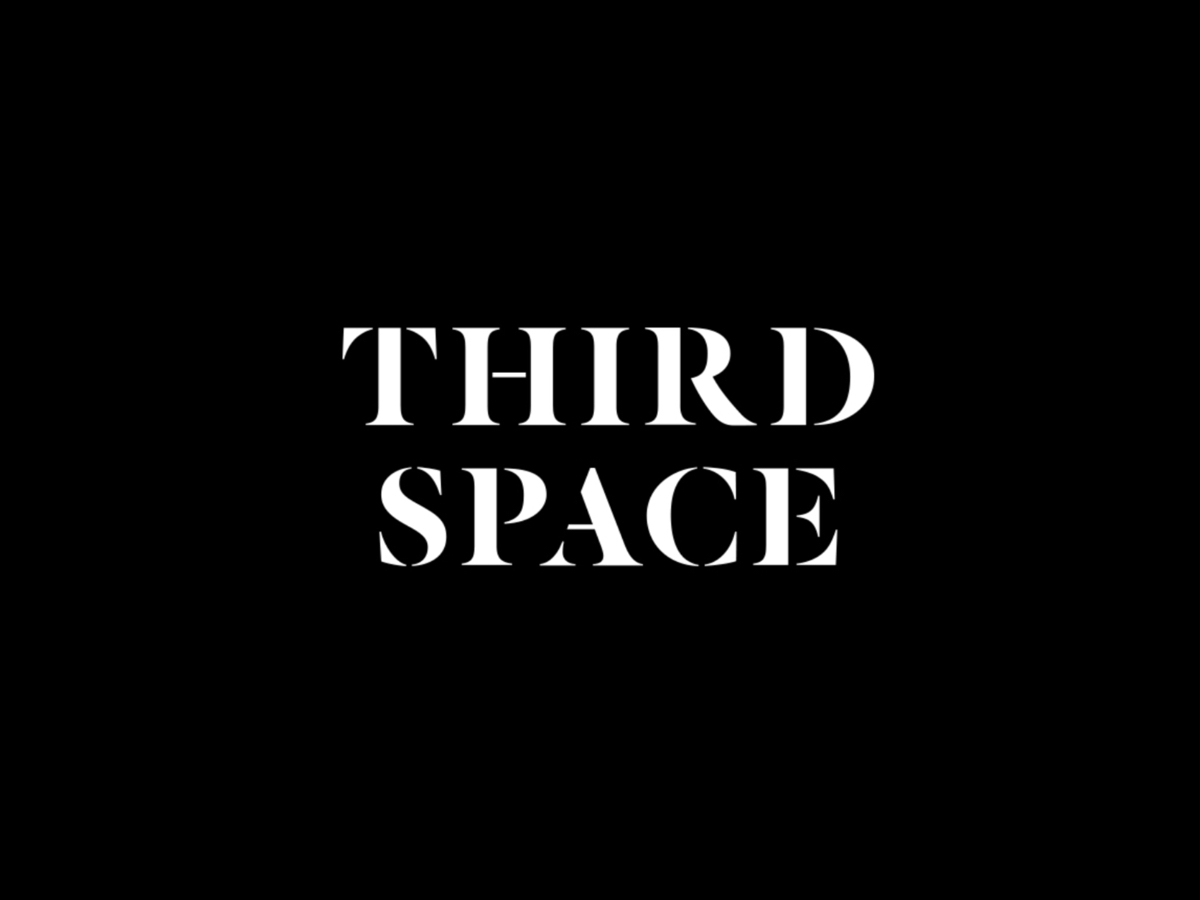Title Page
-
Branch
-
Responsible person (e.g. employer) or person having control of premises:
-
Address of premises:
-
Person(s) consulted:
-
Assessor
-
Date of fire risk assessment:
-
Date of previous fire risk assessment:
-
Suggested date for review:
-
Fire Risk Assessment Review:
This fire risk assessment should be reviewed by a competent person by the date indicated above or at such earlier time as there is reason to suspect that it is no longer valid, or there has been significant change in the matters to which it relates, or if a fire occurs. -
Report compliance:
This report is intended to assist you in compliance with Article 9 of the Regulatory Reform (Fire Safety) Order 2005 which requires that a fire risk assessment be carried out.
General Information
1 - THE PREMISES (Clause 12)
-
1.01 - Number of floors at ground level and above:
-
1.01 - Number of floors entirely below ground level:
-
1.01 - Floors on which car parking is provided:
-
1.02 - Approximate m² floor area per floor:
-
1.02 - Approximate m² floor area gross:
-
1.02 - Approximate m² floor area on ground floor:
-
1.03 - Details of construction and layout: Prompt: Give a detailed & clear overview of the building so it can be visualised including building age, how many internal/external stairways, lifts and final exits etc…
-
1.04 - Occupancy: Prompt: (Including hours of business) e.g. Office, shop, restaurant, warehouse, factory, hotel, hospital, residential care home etc…
2 - THE OCCUPANTS (Clause 12)
-
2.01 - Approximate maximum number of employees at any one time:
-
2.02 - Approximate maximum number of other occupants at any one time:
-
2.03 - Approximate total number of people present in the building at any one time:
3 - OCCUPANTS ESPECIALLY AT RISK FROM FIRE (Clause 12)
-
3.01 - Sleeping occupants
-
3.02 - Disabled employees:
-
3.03 - Other disabled occupants:
-
3.04 - Occupants in remote areas and lone workers:
-
3.05 - Young persons:
-
3.06 - Others:
4 - FIRE LOSS EXPERIENCE
-
4.01 - Fires in past 10 years:
-
4.02 - Fires in past 10 years:
5 - OTHER RELEVANT INFORMATION
-
5.01 - Detail if required: Prompt: Add details for fire alarm system, sprinklers, misting, gaseous flooding, AOVs etc…
6 - RELEVANT FIRE SAFETY LEGISLATION
-
6.01 - The following fire safety legislation applies to these premises:
- The Regulatory Reform (Fire Safety) Order 2005 E&W
- The Fire Safety (Scotland) Regulations 2006 & the Fire (Scotland) Act 2005
-
6.02 - The above legislation is enforced by: Prompt: Local Fire & Rescue Service, London Fire Brigade or HSE (for construction or refurbishment enforcement)
-
6.03 - Other legislation that makes significant requirements for fire precautions in these premises:
Prompt: Other fire Acts outside of UK Legislation e.g.) The Housing Act 2004, The Safety of Sports Grounds Act 1975 and The Safety of Places of Sport Act 1987, United Kingdom Atomic Energy Authority etc… Otherwise N/A. -
The Health & Safety (Safety Signs & Signals) Regulations 1996
-
The Building Regulations 2000 E&W
-
The Building (Scotland) Act 2003 and the Building (Scotland) Regulations 2004
-
The non-smoking provisions of the Health Act 2006
-
The Smoking, Health and Social Care (Scotland) Act 2005
-
Other relevant fire safety legislation:
-
6.04 - The other legislation referred to above is enforced by: Prompt: Local Authority (for The Housing Act and Sports Grounds when relevant)
-
6.05 - Is there an alterations notice in force?
-
6.06 - Relevant information and deficiencies observed:
-
6.07 - Other information: Prompt: This text area can be used to add any other details if required.
Fire Hazards
7 - ELECTRONIC SOURCES OF IGNITION (Clause 13 and Annex B)
-
7.01 - Are reasonable measures taken to prevent fires of electrical origin?
-
7.02 - More specifically:
-
7.02a - Are fixed installations periodically inspected and tested?
-
7.02b - Is portable appliance testing carried out?
-
7.02c - Is there suitable control over the use of personal electrical appliances?
-
7.04d - Is there suitable limitation of trailing leads and adapters?
-
Observations: Prompt: add supporting text here to justify why you've ticked the questions in the section above or to back up why you've ticked Yes or N/A. When you've ticked No, there should be a action to recommend what is required to reduce the risk in a pragmatic/reasonably practical manor.
8 - SMOKING (Clause 13 and Annex B)
-
8.01 - Are reasonable measures taken to prevent fires as a result of smoking?
-
8.02 - More specifically:
-
8.02a - Is smoking prohibited in the building?
-
8.02b - Is smoking prohibited in appropriate areas?
-
8.02c - Are there suitable arrangements for those who wish to smoke?
-
8.02d - Did the smoking policy appear to be observed at the time of inspection?
-
Observations: Prompt: there were no signs of covert smoking during the FRA site visit and the external smoking area is checked/managed daily by nominated staff.
9 - ARSON (Clause 13 and Annex B)
-
9.01 - Does basic security against arson by outsiders appear reasonable?
-
9.02 - Is there an absence of unnecessary fire load in close proximity to the premises or available for ignition by outsiders?
-
Observations: Prompt: If there are no concerns/actions for potential Arson, add a clarification statement here to justify low risk etc…
10 - PORTABLE HEATERS, HEATING AND VENTILATION SYSTEMS (Clause 13 and Annex B)
-
10.01 - Is there satisfactory control over the use of portable heaters?
-
10.02 - Are fixed heating and ventilation installations subject to regular maintenance?
-
Observations: Prompt: there are no portable heaters used or stored on-site. HVAC system was last checked by a competent contractor on 03/09/2022.
11 - COOKING (Clause 13 and Annex B)
-
11.01 - Are reasonable measures taken to prevent fires as a result of cooking?
-
11.02 - More specifically, are filters cleaned or changed and ductwork cleaned regularly?
-
Observations:
12 - LIGHTNING (Clause 13 and Annex B)
-
12.01 - Does the building have a lightning protection system?
-
Observations:
13 - HOUSEKEEPING (Clause 13 and Annex B)
-
13.01 - Is the overall standard of housekeeping adequate?
-
13.02 - More specifically:
-
13.02a - Do combustible materials appear to be separated from ignition sources?
-
13.02b - Is unnecessary accumulation or inappropriate storage of combustible materials or waste avoided?
-
Observations:
14 - HAZARDS INTRODUCED BY OUTSIDE CONTRACTORS AND BUILDING WORKS (Clause 13 and Annex B)
-
14.01 - Is there satisfactory control over works carried out in the building?
-
14.02 - More specifically:
-
14.02a - Where appropriate, are fire safety conditions imposed on outside contractors?
-
14.02b - Where appropriate, is a permit to work system used (e.g. for "hot work")?
-
14.02c - Are suitable precautions taken by in-house maintenance personnel who carry out works?
-
Observations:
15 - DANGEROUS SUBSTANCES (Clause 13)
-
15.01 - Are the general fire precautions adequate to address the hazards associates with dangerous substances used or stored within the premises?
-
Observations:
16 - OTHER SIGNIFICANT FIRE HAZARDS THAT WARRANT CONSIDERATION
-
16.01 - Are there any other significant hazards?
-
Observations: Prompt: List and detail any other significant hazards here if applicable?
Fire Protection
17 - MEANS OF ESCAPE (Clause 15c) and Annex C)
-
17.01 - Is the design and maintenance of the means of escape considered adequate?
-
17.02 - More Specifically:
-
17.02a - Do staircase and exit capacities appear to be adequate for the number of occupants?
-
17.02b - Are there reasonable distances of travel:
-
17.02b1 - Where there is escape in a single direction?
-
17.02b2 - Where there are alternative means of escape?
-
17.02c - Is there adequate provision of exits?
-
17.02d - Do fire exits open in the direction of escape, where necessary?
-
17.02e - Are there satisfactory arrangements for escape where revolving or sliding doors are used as exits?
-
17.02f - Are the arrangements provided for securing exits satisfactory?
-
17.02g - Is a suitable standard of protection designed for escape routes?
-
17.02h - Are there reasonable arrangements for means of escape for disabled people?
-
17.03 - Are the escape routes available for use and suitably maintained?
-
17.04 - More Specifically:
-
17.04a - Are fire-resisting doors maintained in sound condition and self closing, where necessary?
-
17.04b - Is the fire-resisting construction protecting escape routes in sound condition?
-
17.04c - Are all escape routes clear of obstructions?
-
17.04d - Are all fire exits easily and immediately openable?
-
Observations:
18 - MEASURES TO LIMIT FIRE SPREAD AND DEVELOPMENT (Clause 15g)
-
18.01 - Is it considered that there is:
-
18.01a - Compartmentation of a reasonable standard?
-
18.01b - Reasonable limitation of linings that may promote fire spread?
-
18.02 - As far as can be reasonably be ascertained, are fire dampers provided necessary to protect critical means of escape against passage of fire, smoke and products of combustion in the early stages of a fire?
-
Observations:
19 - EMERGENCY ESCAPE LIGHTING (Clause 15e)
-
19.01 - Has a reasonable standard of emergency escape lighting system been provided?
-
Observations:
20 - FIRE SAFETY SIGNS AND NOTICES (Clause 15d)
-
20.01 - Is there a reasonable standard of fire safety signs and notices?
-
Observations:
21 - MEANS OF GIVING WARNING IN CASE OF FIRE (Clause 15b)
-
21.01 - Is a reasonable fire detection and fire alarm system provided?
-
21.02 - Is there remote transmission of alarm signals?
-
21.03 - Is a zone plan of the fire alarm system displayed?
-
21.04 - Has the premises had false alarms experience?
-
Observations:
22 - MANUAL FIRE EXTINGUISHING APPLIANCES (Clause 15f)
-
22.01 - Is there reasonable provision of manual fire extinguishing appliances?
-
22.02 - What type(s) of appliances are provided:
-
22.02a - Portable fire extinguishers:
-
22.02b - Hose reels:
-
22.02c - Fire blankets:
-
22.03 - Are all fire extinguishing appliances readily accessible?
-
Observations:
23 - RELEVANT AUTOMATIC FIRE EXTINGUISHING SYSTEMS (Clause 15h)
-
23.01 - Type of fixed system(s):
-
23.01a - Sprinkler system?
-
23.01b - Misting system?
-
23.01c - Kitchen suppression system?
-
23.01d - Inert gas flooding system?
-
Observations: (List fixed systems) Prompt: Sprinkler system type: Misting system type: Kitchen suppression system type: Gaseous flooding system type:
24 - OTHER RELEVANT FIXED SYSTEMS AND EQUIPMENT (Clause 15i)
-
24.01 - Type of other fixed system(s) installed:
-
24.02 - Is there suitable provisions of firefighters' switch(es) for high voltage isolation of luminous tube signs, etc.?
-
24.03 - Are there appropriately sited facilities for electrical isolation of any photovoltaic (PV) cells, with appropriate signage, to assist the fire and rescue service?
-
Observations:
Management Fire Safety
25 - PROCEDURES AND ARRANGEMENTS (Clause 16)
-
25.01 - Safety assistance:
-
25.01a - The competent person(s) appointed under Article 18 of the Fire Safety Order to assist the responsible person in undertaking the preventive and protection measures (i.e. relevant general fire precautions) is:
-
25.01b - Deputies in there absence:
-
25.02 - Fire safety at the premises is managed by:
-
25.03 - Is there a suitable record of the fire safety arrangements?
-
25.04 - Are procedures in the event of fire appropriate and properly documented, where appropriate?
-
25.05 - More specifically:
-
25.05a - Are there adequate procedures for investigating fire alarm signals?
-
25.05b - Are there suitable arrangements for summoning the fire and rescue service?
-
25.05c - Are there suitable arrangements to meet the fire and rescue service on arrival and provide them with relevant information, including that relating to hazards to firefighters?
-
25.05d - Are there suitable arrangements for ensuring that the premises have been evacuated?
-
25.05e - Is there suitable fire assembly point(s)?
-
25.05f - Are there adequate procedures for evacuation of any disabled people who are likely to be present?
-
25.06 - Are there persons nominated and trained to use fire extinguishing appliances?
-
25.07 - If the premises are in multiple occupation, are there adequate arrangements for cooperation between duty holders to ensure coordination of their fire safety arrangements?
-
25.08 - Are there persons nominated to assist with evacuation of disabled people?
-
25.09 - Is there appropriate liaison with the fire and rescue service (i.e. by fire and rescue service crews visiting for familiarization visits?
-
25.10 - Are routine in-house inspections of fire precautions undertaken (e.g. in the course of health and safety inspections?
-
Observations:
26 - TRAINING AND DRILLS (Clause 16h)
-
26.01 - Are all staff given adequate fire safety instruction and training on induction?
-
26.02 - More specifically:
-
26.02a - Are they trained on induction?
-
26.02b - Are they given periodic refresher training?
-
26.02c - Are they given additional training to cover any specific roles and responsibilities?
-
26.02d - Is the content of the training provided considered adequate?
-
26.03 - Are fire drills carried out at appropriate intervals?
-
26.04 - When the employees of another employer work in the premises, is appropriate information on the fire risks and fire safety measures provided?
-
Observations: Prompt: Add HERE how many fire marshals are currently trained and make sure there is an action above if you feel there needs to be more trained. The Fire Emergency Plan should list the names of the current trained fire Marshals.
27 - TESTING AND MAINTENANCE (Clause 16j)
-
27.01 - Is there adequate maintenance of the premises?
-
27.02 - Is weekly testing and periodic servicing of fire detection and alarm system undertaken?
-
27.03 - Is monthly and annual testing routines for emergency lighting?
-
27.04 - Is monthly and annual maintenance of fire extinguishing appliances undertaken?
-
27.05 - Is periodic inspection of external escape staircases and gangways undertaken?
-
27.06 - Are six-monthly inspection and annual testing of rising mains undertaken?
-
27.07 - Are weekly and monthly testing, six monthly inspection and annual testing of fire-fighting lift(s) provided for the use by firefighters or evacuation of disabled people (evacuation lifts)?
-
27.08 - Are weekly testing and periodic inspection of sprinkler installations undertaken?
-
27.09 - Are routine checks of final exit doors and/or security fastenings undertaken?
-
27.10 - Is an annual inspection of lightning protection system undertaken?
-
27.11 - Other relevant inspections or tests?
-
Observations:
28 - RECORDS (Clause 16k)
-
28.01 - Are there appropriate records of:
-
28.01a - Fire drills?
-
28.01b - Fire Training?
-
28.01c - Fire alarm tests?
-
28.01d - False alarms?
-
28.01e - Emergency escape lighting tests?
-
28.01f - Maintenance and testing of other fixed fire protection systems?
-
28.01g - Is the fire emergency plan for the premises adequate?
-
28.02 - Is the fire emergency plan available to the enforcing authority?
-
28.03 - Are Personal Emergency Evacuation Plans (PEEPS) required and in place?
-
Observations:
Fire Risk Assessment
Risk Value Matrix
-
-
Likelihood
-
Severity
-
-
Overall Risk Value (ORV)
Prompt: to gain the overall risk value multiply Likelihood v’s Severity which will give you the result
i.e likelihood of 2 and severity of 3.
2x3 = 6 OVR -
Overall Risk Value
-







